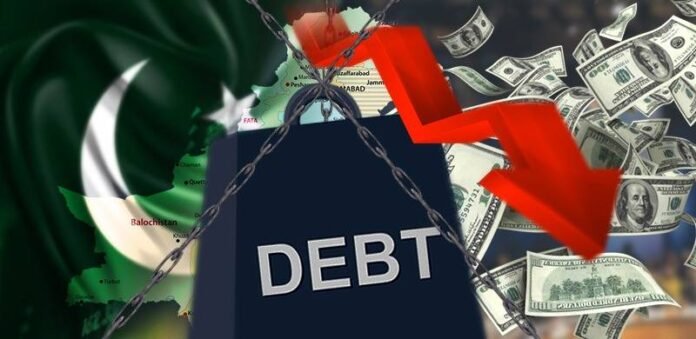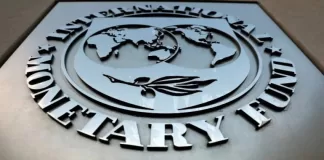During the week ending April 26, 2024, Pakistan’s government accumulated an extra debt of Rs276.55 billion, as reported by the State Bank of Pakistan’s weekly report.
This contributes to the total net borrowing for the current fiscal year, reaching a significant Rs 4.78 trillion, highlighting a pattern of increased borrowings compared to previous years. The government’s borrowing activities are divided into three primary segments: budgetary support, commodity operations, and other miscellaneous expenditures.
During the latest week, the majority of the borrowing was allocated to budgetary support, amounting to Rs230.84 billion. Meanwhile, commodity operations contributed Rs 45.76 billion to the increase in debt, while the “others” category witnessed a repayment of Rs 54.82 million.
Looking at the cumulative figures for the ongoing fiscal year, budgetary support borrowings have reached Rs5.07 trillion, with commodity operations reflecting a net repayment of Rs 283.57 billion, and the “others” category indicating a net repayment of Rs 2.64 billion.
The government’s financing primarily stems from two sources: the State Bank of Pakistan (SBP) and scheduled banks. This fiscal year, the government has repaid a net amount of Rs735.22 billion to the SBP, with the Federal Government contributing Rs425.15 billion to the total. Provincial governments collectively repaid Rs 294.54 billion, while the governments of Azad Jammu and Kashmir (AJK) and Gilgit-Baltistan (GB) repaid Rs 17.89 billion and borrowed Rs 2.36 billion, respectively.
Read more: Pension reforms on cards: Muhammad Aurangzeb
In contrast, scheduled banks have provided a net total of Rs5.8 trillion in loans. Of this amount, the federal government borrowed Rs5.96 trillion, while provincial governments repaid Rs 159.99 billion.
These figures highlight the government’s ongoing reliance on borrowing to manage fiscal operations. Analysts express concerns about the sustainability of this trend, suggesting that it could pose risks to the country’s economic stability if not carefully managed.





